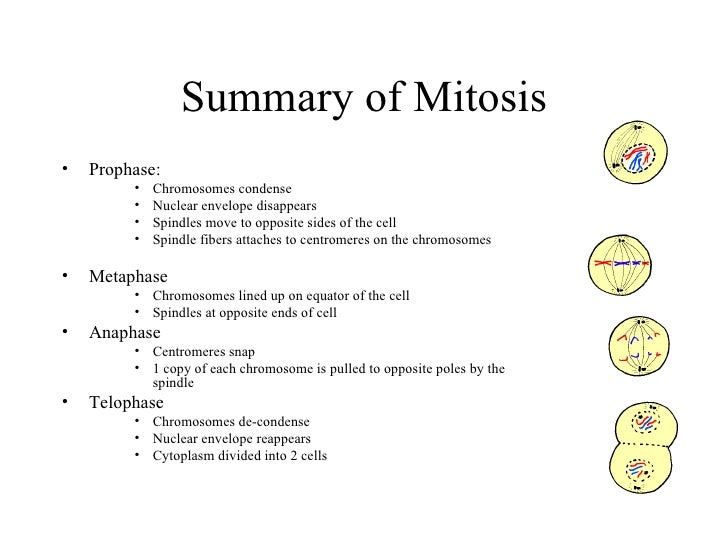Mitosis
Mitosis, a process of cell duplication, or reproduction, during which one cell gives rise to two genetically identical daughter cells. Strictly applied, the term mitosis is used to describe the duplication and distribution of chromosomes, the structures that carry the genetic information. Get help with your Mitosis homework. Access the answers to hundreds of Mitosis questions that are explained in a way that's easy for you to understand.
During prophase, chromosomes thicken, centrioles move to opposite ends of a cell, and the membrane around the nucleus disappears. In metaphase, a spindle is formed to which the centromeres attach, lining up the chromosomes at the center.
In anaphase, the chromatids split, and the chromosomes from each chromatid pair move to opposite ends of the spindle. In telophase, the spindle disappears, and a nuclear membrane forms around the chromosomes at each end of the cell. The cytoplasm of the dividing cell begins to separate during mitosis and ends after division of the nucleus is complete. During interphase, the daughter cells develop and the chromosomes duplicate. Mitosis (mī-tō′sĭs). The process in cell division in which the nucleus divides to produce two new nuclei, each having the same number and type of chromosomes as the original. Early in mitosis, each chromosome duplicates itself to form two identical strands (called chromatids), which then line up along the center of the cell by attaching to the fibers of the cell spindle.
The pairs of chromatids then separate, each strand of a pair moving to an opposite end of the cell. When a new membrane forms around each of the two groups of chromosomes, division of the nucleus is complete. The four main phases of mitosis are prophase, metaphase, anaphase, and telophase.

Usage Mitosis and meiosis are easily confused, since both words refer to processes of cell division. Most cells have two full sets of chromosomes and are technically called diploid cells.
When such a cell divides, it must first duplicate its chromosomes so as to produce two daughter cells that are also diploid. This type of cell division is called mitosis, and all somatic cells—that is, cells used for the maintenance, functioning, and growth of an organism—reproduce in this way. By contrast, reproductive cells, or gametes, are created by another kind of cell division, called meiosis. Meiosis also starts out by duplicating the chromosomes, but there are two divisions instead of one, with the result that four daughter cells are produced rather than two.
Power drive rally today. Since the number of chromosomes is halved with each division, each daughter cell has just a single set of chromosomes and is called a haploid cell. During reproduction, the union of a female gamete with a male gamete restores the two full sets of chromosomes in a new organism.
